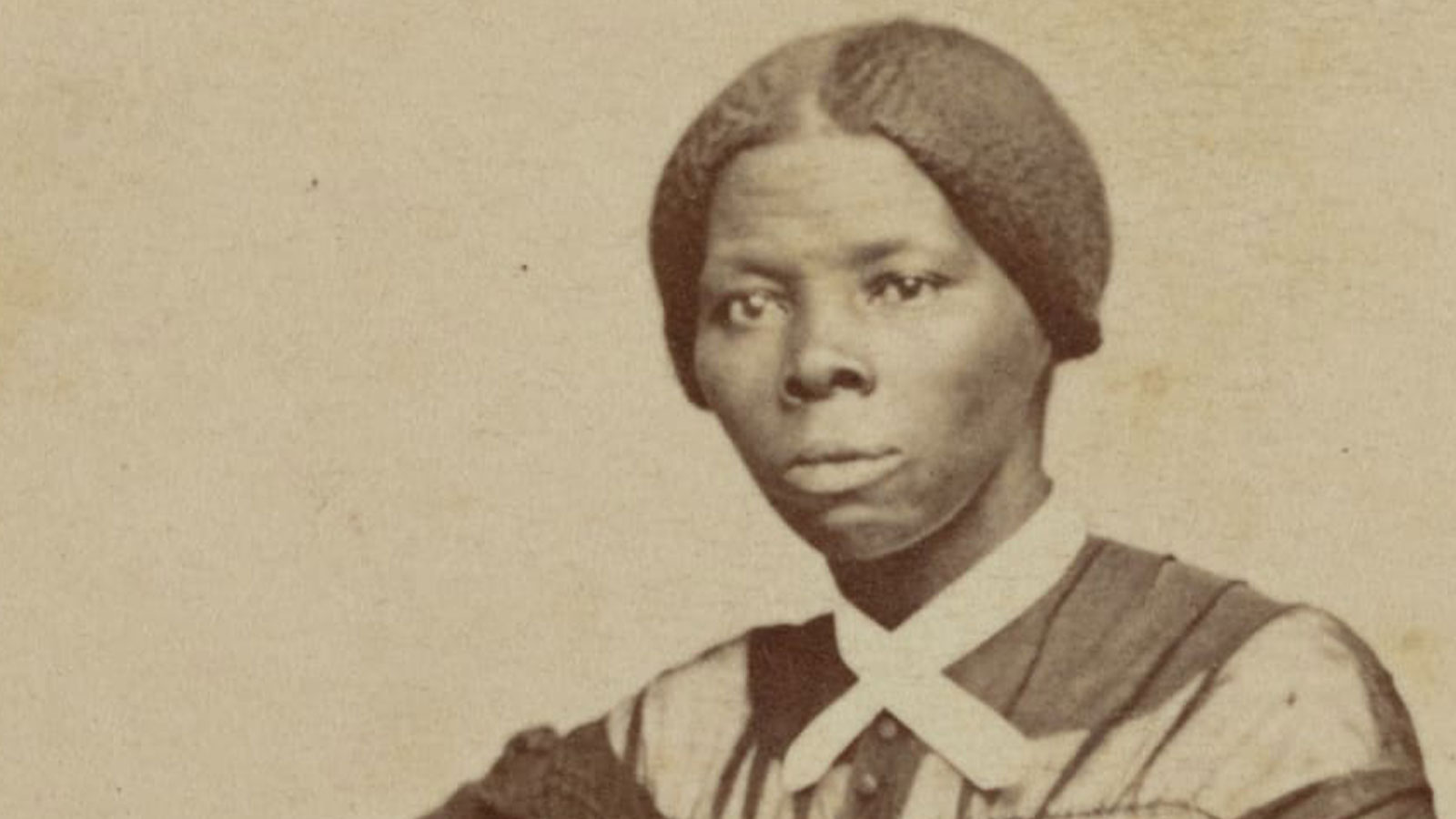Part 2. Nana Harriet Tubman possessed not only a hearing heart developed and defined by rightful attentiveness, empathetic understanding and appropriate action as requested and required. She also, possessed an amazing mind, a deep thinking, strategic planning mind. She is brilliant and audacious in her mastering the lay of the land and memorizing the maps and signs of the heavens, calculating the ways of the weather, the advantage and disadvantages of the changing seasons, and the accessibility, character and contours of the terrain.
She studied, developed and stayed abreast with current and changing knowledge of how to cross and conceal in fields and forest, and to move silently and successfully through the waterways and pathways central to her successful liberation project. And she determined and marked off places of concealment and camouflage for her people and possible sites of ambush by the enemy. She brought to bear her extensive study and experience to determine safe, unsafe and preferable routes to travel, places to rest and recover, and then move on before being detected. For she knew she had to know the enemy as well as the terrain, his capacities and vulnerabilities. Thus, she measured and placed in her strategy of liberation the strengths and weaknesses of the enemy, using his arrogance and illusions of invincibility against him, compelling him to go home emptyhanded and defeated on every attempt to thwart her efforts, capture her and those she led to a retrieved selfhood and regained freedom, willed and won with their own hands, hearts and minds.
Nana Harriet has a reasoning mind that focuses on freedom, what it’s like, how to achieve it and how to maintain it in the midst of a predatory society that outlawed freedom and made laws against it for her and her people. She thinks deep about freedom, life, death and human rights and their interrelatedness in the liberation struggle. This is where she makes her classic declaration of reasoning about and commitment to waging a life-and-death struggle for freedom, indeed, “to go free or die”. Thus, she defiantly and with audacious determination declared that “I had reasoned it out in my mind; there was one of two things I had a right to: liberty or death. If I could not have one, I would have the other; for no one should take me alive. I should fight for my liberty as long as my strength lasted”.
Thus, she had thought out, calculated the cost and consequences and was ready to pay the ultimate price for freedom, a collective freedom for herself and her people. And it is with this indestructible spirit that she affirms that she would fight for freedom “as long as (her) strength lasts.” And that she “prayed to God to make (her) strong and able to fight . . .” to the end. And she did, not only to the end of the Holocaust of enslavement, but also to the end of her life in the interest of real freedom for her people. It was, as we would define it later, both a fight for freedom against domination, deprivation and degradation and a fight for freedom to be ourselves, develop in our own ways, flourish and come into the fullness of ourselves as persons and a people.
Clearly in her understanding of and approach to struggle, she was uncompromisingly committed to her our people. And she studied and learned the ways and wisdom of her people, felt and shared their suffering, their yearning for freedom and offered her life and death to end their suffering and aid them in achieving their freedom. For she is a woman of hearing and loving heart and thus puts her mind in motion to imagine strategies for struggle and the way and means to liberate her people. And her people felt and fostered her love for them. Indeed, they reciprocated, shielding and sheltering her, and sharing with her their knowledge and concerns. Thus, they reaffirmed her faith in them and expanded the arc of concern and commitment of her hearing and loving heart. And she relied on them to be ready and resourceful in resistance and in the pursuit and practice of freedom. Indeed, without such reciprocal support and cooperative struggle, freedom and victory were and are not possible or even imaginable.
A constant soldier, herself, she recognized and treated the Black soldiers as fellow freedom fighters, but also with a hearing heart. She is advisor, nurse and healer for them, an advocate and organizer for them during and after the Civil War. She seeks justice for them at the federal and local levels. Her work is reparations in the expansive sense – healing and repairing and remaking ourselves in the process and practice of repairing and remaking the society that wounds and savages us.
She cared for these fellow soldiers and freedom fighters in the field and later in the hospitals, washing their wounds, cooking their food, developing medicines, making the wounded as comfortable as one could, given the circumstances and total inadequacy and relative absence of resources and supplies. All bore witness to her kind and considerate attentiveness to all the soldiers, but especially to the sick and suffering. And with her hearing heart and amazing mind, she found ways to the end of her life to take care of the poor and vulnerable among us, giving them her heart and mind, her time and effort, her material goods, and ultimately the wholeness of herself. May the joy she brought and the good she left last forever and may we honor her legacy by striving diligently to embody and live it.















